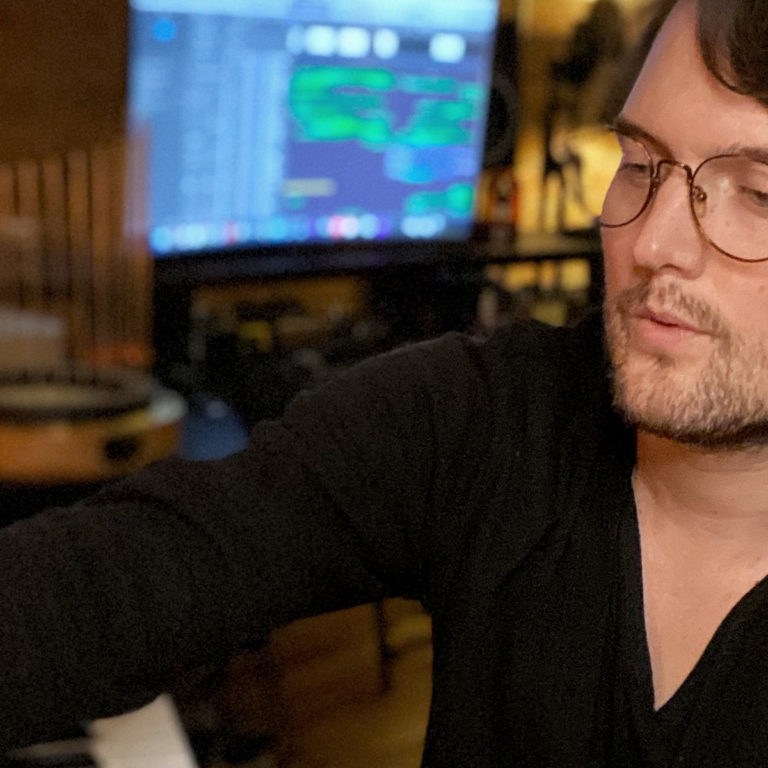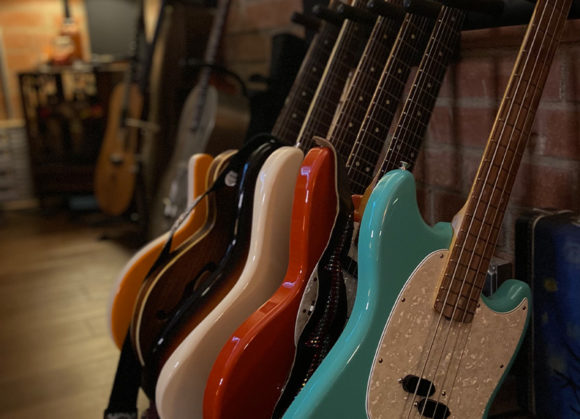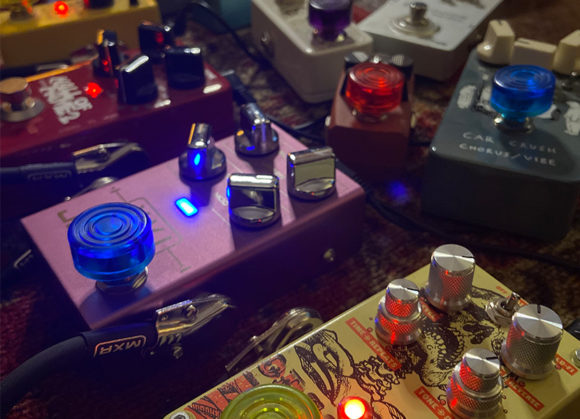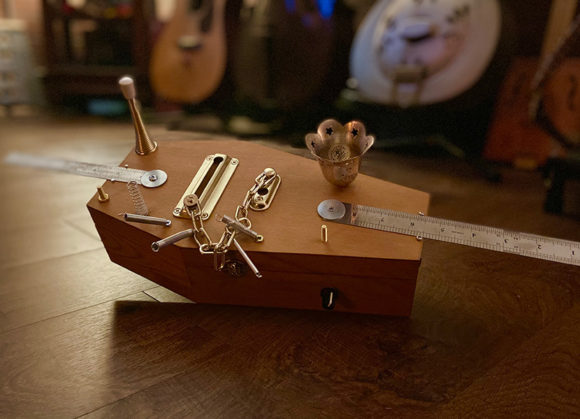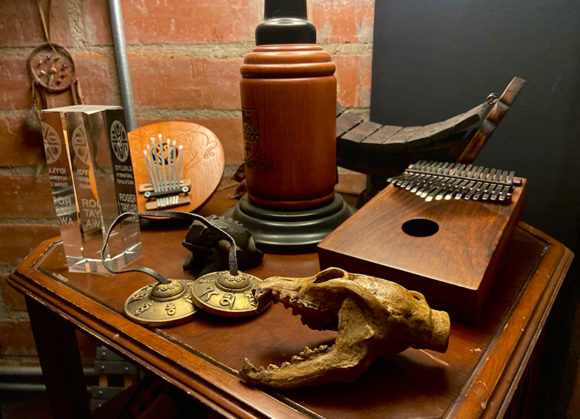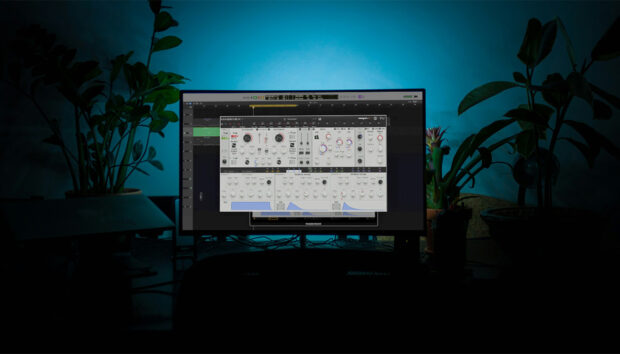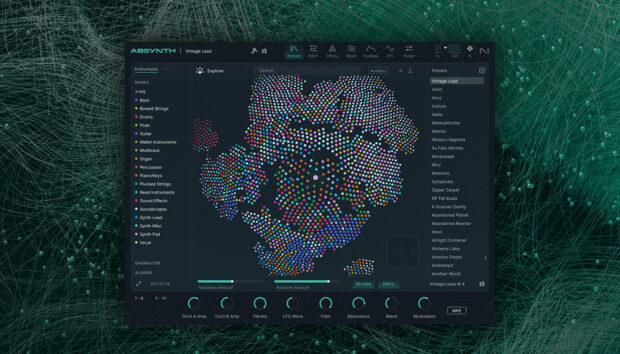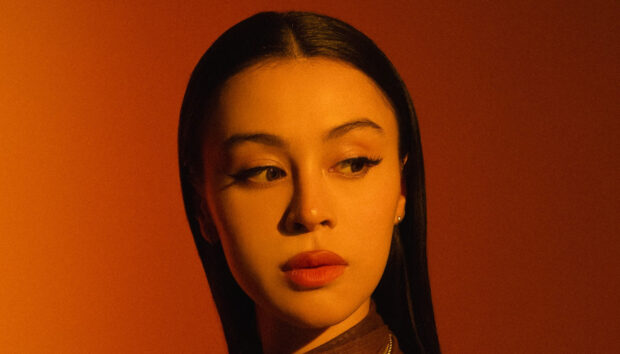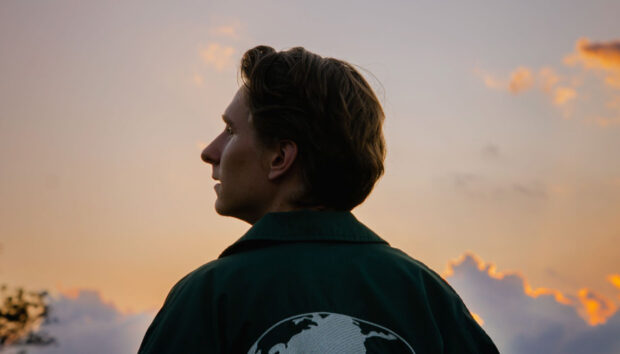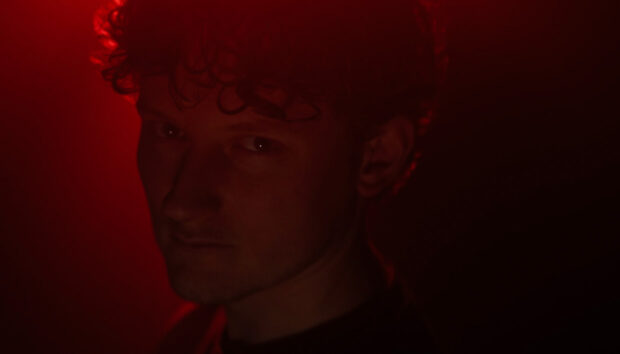Los-Angeles based Alexander Taylor has been one of the horror movie genre’s go-to composers. Over the past decade, he has thrived on creating unique soundscapes and experimenting with sounds and instruments in ingenious ways.
Universally praised for his ‘80s-themed score to the award-winning documentary Scream, Queen! My Nightmare on Elm Street, his work has also been featured in the werewolf picture Hunter’s Moon and several series for Jason Blum & Eli Roth’s Crypt TV.
In 2022, Taylor scored the Paramount+ film Unknown Dimension and the sequel to the cult ‘80s horror film The Mutilator. Following his work on The Bell Keeper, his association with director Colton Tran has continued with the Lance Bass-produced horror movie Sketch and upcoming Sorry, Charlie.
Here, Taylor discusses everything you need to know about how to compose horror music, from the studio tools he uses to the techniques employed to ensure the audience’s hair stands up on the back of their necks!

How did you go from making music for cartoons to working in the field of horror?
Horror was always my favorite genre growing up. A good friend of mine was the lead composer at the animation house WonderGrove before I joined and he mentioned how I should try to avoid being pigeonholed into a certain category of film, but I thought, screw it, I’ll pigeonhole myself and declare myself to be the horror composer, so that’s the only work I pursued.
Were you influenced by other horror score writers?
John Carpenter inevitably comes up as almost every horror composer’s inspiration, but Bernard Herrmann’s work was also very unique and innovative for its time. I also love Christopher Young’s score for Hellraiser and took inspiration from non-composers like Tom Waits and Nick Cave, so my influences are a hybrid of film score and rock musicians.
How do you start writing horror music?
I like to get involved in a production as early as possible, so it’s great if I can get a script before sketching out some ideas. The first conversations I usually have with a director will focus on what sort of instrument palette they want to use, which could mean electronic, organic or a hybrid of both. ‘80s throwback scores were very popular for a while, with analogue synths and plug-ins being used to replicate the ‘John Carpenter sound’, but although I love ‘80s horror I’m glad to be branching away from that as it’s getting kind of tired now.
What recent scores would you identify as ‘80s horror-themed?
Stranger Things made 80s horror movie themes very popular, as did It Follows by Disasterpiece. I actually got to speak to Richard Vreeland who composed that score when it first came out and he was telling me how he used Native Instruments’ MASSIVE for most of his work when making it. I used MASSIVE and MASSIVE X quite a bit during that throwback phase too, but Massive’s also good to use outside of that because it has a rich, synthetic sound that works great for hybrid scores.
What tools will you typically use in the mock up phase of a horror score?
I have a Moog Matriarch and a Minilogue XD that I tend to track with quite a bit, but most composers usually start at the piano so I’ll try to come up with themes there. Native Instruments’ NOIRE is my go-to for that, but I also find KONTAKT instruments such as THE GENTLEMAN and THE GIANT very inspiring. For quick mockups, ACTION STRIKES and ACTION STRINGS are great, even if they sometimes need a bit of work to sound blended in. As good as the samples are getting you can’t really fake a player, but if you have samples playing underneath they’ll totally work for a mock up and often a picture too. The software makes our job easier but at the same time harder because anyone with $600 worth of plug-ins can immediately compete.
Thinking about John Carpenter’s infamous piano theme for Halloween, might you attempt to create something as iconic?
If you go in trying to write a catchy theme you’ll either psych yourself out or limit yourself, so you really have to forget all the things that have come before you or you’ll end up sounding derivative. I do like creating a catchy earworm that will stick in people’s heads when they leave the theatre but it also depends on what the director wants. A lot of directors in horror right now seem to lean towards sound design and tonal scores, for example, Mica Levi’s score for Under the Skin or Ben Lovett’s 2022 score for Hellraiser, which was very thematic. I also found Mark Korven’s score for The Witch to be very innovative. There was no theme, it’s just a very high-minded sonic exploration and that unique sound is something I also try to create by chopping up samples or using broken instruments.
What instruments do you use to create those unique sounds you mention?
With every score I like to use a different palette or instrument template, which could be virtual or physical – like a hurdy gurdy or a zither, and use that as the sonic staple for a project. When people hear a score I want them to say, oh, that’s from that particular movie or that Dobro is from Alexander Taylor’s score for The Dead of Night. I’ve got tons of guitars and a bunch of pedals to create effects, or I’ll run a violin or cello bow across a waterphone to create sounds that are used in a lot of old-school horror movies—it sounds horrendous but I love it [laughs]. I also build these weird instruments for tonal work. For example, I’ll go to DIY or Home Depot and buy a bunch of rulers, springs or a door lock and record those into a contact microphone to create some unique sounds on top of the pads and in-box materials.
What software are you using to host your sound libraries?
KONTAKT has always made the most sense to me because it seems to be the most user-friendly sampler. It was introduced to me by a composer called Russ Howard when I first joined WonderGrove and he showed me the ropes. I currently have the KOMPLETE ULTIMATE edition, which is amazing thanks to the endless amounts of plug-ins and effects that you can use, and KONTAKT’s STRAYLIGHT, PHARLIGHT, ASHLIGHT bundle, which is incredible for creating granular sounds with unique textures and tones.
Are there any software libraries that are particularly applicable for those who want to learn how to write a horror movie theme?
I keep using the term ‘endless amounts of sounds’ but when you need something quick and scary to place underneath some theme work or tonal tracks then THRILL is my go-to because it’s so dense. For percussion, I’ve had DAMAGE for eight years but didn’t start using it until I began working on a recent project for Lionsgate, which is crazy because I’ve definitely been missing out. All of the ABBEY ROAD DRUMS are great too, especially for rock-based stuff, and if I’m not using my rack to track guitar I’ll go with GUITAR RIG. It’s gotten so good recently that I don’t have to worry about finding the exact combination of pedals, mic placement or people walking up and down the hall outside the studio.
How important is silence in a horror score, and is your use of it always prescient in your mind?
Absolutely—in horror silence is an instrument that can often build so much more tension than, for example, a high-pitched string. When you use an instrument to build up to a moment or a scare, you’re telling your audience to get ready but you don’t always want to do that. It’s often better to just sit it out and silence helps you keep people on their toes.
What does a jump scare typically comprise?
It varies from project to project, but there’s always going to be a percussive element. I like bowing metal because you can come up with very unique shrieks from the typical quick draw on the strings, but with synthesizers you can dice up and create crazy sounds that are so inhuman they actually scare people. That’s what I have the most fun with, because it’s what people don’t know or understand that’s most likely to unnerve them or make the hairs stand up on the back of their necks.
Is it my imagination or are most jump scares simply about cranking the volume up?
What you’re saying does make sense but that’s often to do with the sound mixer. We kind of step on each other’s toes sometimes, but they have the final say in the mix unless the director really fights for you. It helps if you can come up with a very unique sound or ‘stinger’ that the director falls in love with—then you might get to keep your sound in.

Do you use tone clusters?
I do, and they’re a bit old-fashioned, but if you look at some of Christopher Young’s videos you’ll see how he’ll sometimes use them to sketch stuff out. He’ll just slam his hand on the keyboard and refine it until he makes something sound beautiful, striking or scary, but it does help if you know what you’re doing [laughs]. Recording a string patch and using a pitch shifter to make the sound slide up or down in an unnatural way is also very unnerving. I love to play with effects and use reverb quite a bit.
Another unnerving element of horror scores is children, especially whispered speech…
There’s nothing scarier than a child and I did try that recently for a promo for a horror movie called Sketch by Colton Tran. Essentially, this movie is the Who Framed Roger Rabbit of horror. The first sketch I did had these children singing ‘la, la, la’, but it was actually the sound of my own voice pitched up. As for children whispering, I’ll usually either record myself or get my girlfriend or friends to come in. If you go to Soundsnap, you can always take a sound and throw some reverb, a phaser or distortion on it until it’s unrecognizable.
Your score for Scream, Queen! My Nightmare on Elm Street picked up some rave reviews. What can you tell us about that experience?
That was life-changing and any success that comes my way can draw a straight line back to Scream, Queen! It was kind of my first big project and I loved being a part of that experience because I got to do whatever I wanted. The movie was centered on ‘80s horror and pop culture, so I was trying to pull from that was much as I could. It was also the first time my score was printed on vinyl and sold, and the horror community really embraced it.
Do you have a dream horror movie you’d like to score?
Honestly, I’m such a horror movie fan that I’d love the opportunity to score Halloween, The Texas Chainsaw Massacre or, specifically, A Nightmare On Elm Street, because there’s so much you can do playing in that whole dream world. I’m not as critical of the reboots and sequels as other people and still love the Halloween series, but Scream would be tough to touch because Marco Beltrami has had such a huge influence on my writing.
Write your own scary horror score
We hope this conversation with Alexander Taylor helps you learn how to create scary sounds or a horror movie theme score. For more on KONTAKT—from interviews with other composers to how-tos and free instrument downloads, check out the dedicated section here on the blog. You can keep up with Alexander and his latest projects over on his website.








